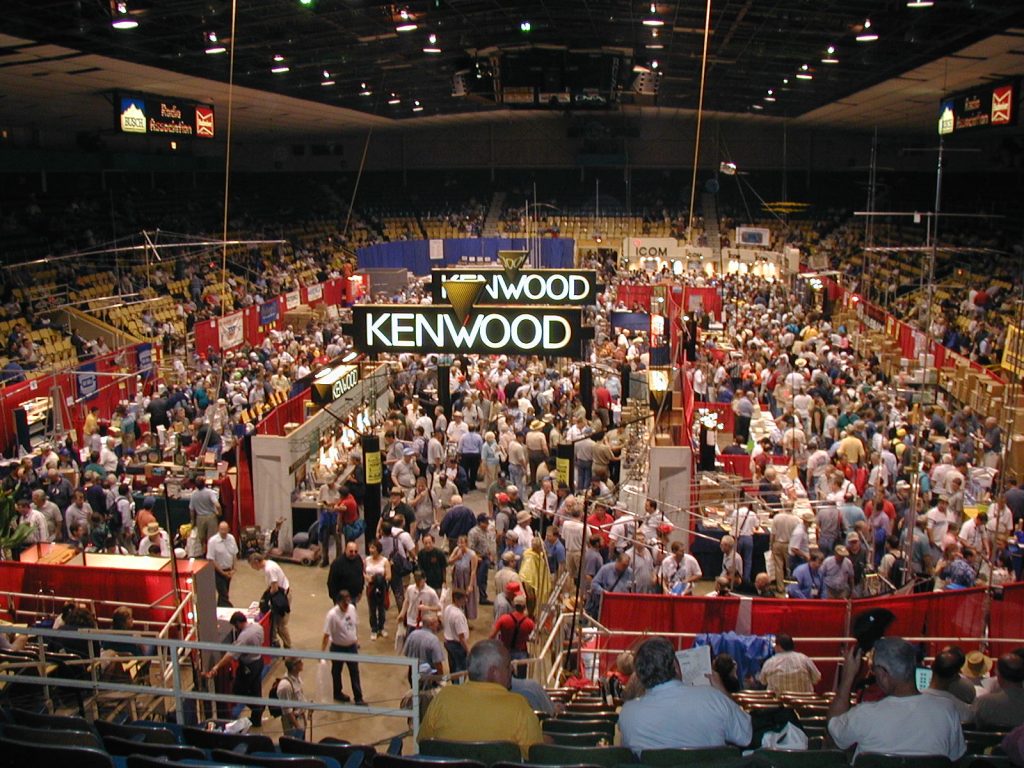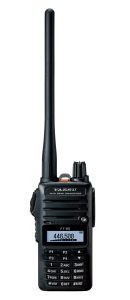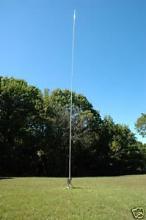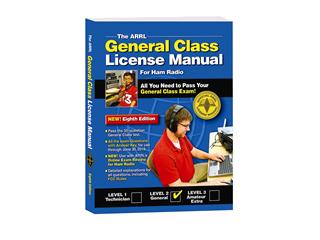 A few years ago I foolishly told my fellow club members that I planned to test for am upgrade from Technician to General class amateur radio license. I say foolish, because now my friends would be expecting me to pass – I had put pressure on myself to pass the test!
A few years ago I foolishly told my fellow club members that I planned to test for am upgrade from Technician to General class amateur radio license. I say foolish, because now my friends would be expecting me to pass – I had put pressure on myself to pass the test!
I had been reading the ARRL General License Manual intermittently for several years, but I never committed to actually upgrading my license. Anyway, I came up with an idea to help me prepare for the General test, and I wanted to share it with you. I went out on the web and downloaded the then-current question pool in MS Word format, and went to removing every incorrect answer – I created a document that had every question in the test pool and it’s correct answer (and only it’s correct answer). I committed to reading the test pool, cover to cover, several times a week – it honestly didn’t take that long to read it, maybe an hour or so – for the last few weeks before the test.
What I was doing was conditioning my brain to identify the correct answer when I read the exam… ANd it worked! I not only passed the General exam, I went on to pass the Extra exam, earning the highest operating license in US Amateur Radio!
Linked below, find a PDF of the current General Exam question pool – I never made a similar document for the Extra license question pool (it has too many questions!), but I found my Extra exam was very similar to my General exam.
I don’t offer this as an alternative to studying the material, I offer it as a means to reinforce your study of the subject material.
EDITED FINAL Revised 2015-2019 General Class Question Pool 2-11-2015


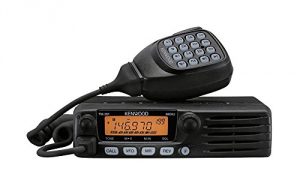

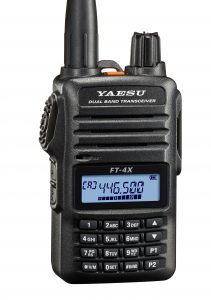
 A few years ago I foolishly told my fellow club members that I planned to test for am upgrade from Technician to General class amateur radio license. I say foolish, because now my friends would be expecting me to pass – I had put pressure on myself to pass the test!
A few years ago I foolishly told my fellow club members that I planned to test for am upgrade from Technician to General class amateur radio license. I say foolish, because now my friends would be expecting me to pass – I had put pressure on myself to pass the test!
